A road trip along the Eyre Peninsula delivers coast, bush and wide-open spaces. It offers an adventure a bit rough around the edges.
A casual spin down dusty tracks to remote camping spots feels like real freedom—yet the question often comes up: is a four-wheel steering essential for this journey?
Assessing terrain and track difficulty
The Eyre Peninsula’s eastern shore features sealed highways that link towns like Port Lincoln and Tumby Bay. But wild beaches, inland claypans and rugged limestone tracks soon appear once the bitumen ends. Track difficulty ranges from easy sandy loops around Coffin Bay to challenging beach driving between Venus Bay and Smoky Bay. Seasonal conditions can turn hard desert clay into a suction-cup trap.
To tackle off-road tracks, assessing the surface is crucial. Sandy stretches demand tyre pressures around 20 psi, while rocky ridges require firm rubber to avoid sidewall damage. Signs warning of soft sand and deep ruts are common on less-maintained tracks.
Advantages of a 4WD for off-road tracks
A 4WD provides low-range gearing that multiplies torque for steep climbs and deep sand. Four-wheel steering helps manoeuvre tight corners between dense mallee scrub. Locked differentials distribute power evenly when one wheel lifts over a limestone ledge. Modern 4WDs also come with traction control systems that detect wheel slip instantly.
When remote camping at places like Escape Beach or Port Kenny, a 4WD ensures luggage, fuel and recovery gear can be hauled over soft dunes. Wildlife encounters with kangaroos at dawn or emus near salt lakes often happen off the beaten path—tracked only by vehicles designed for such ground.
Alternatives to 4WD and their limits
Standard two-wheel-drive cars can handle many of the region’s sealed roads and well-graded tracks. Hire companies sometimes permit AWD wagons, which manage packed sand but struggle in deep soft sections. Beach driving without a genuine 4WD risks becoming stranded, as tyre deflation alone may not suffice in looser sand.
Bus tours and organised 4WD charters exist for those keen to sample bush camping without owning specialised equipment. Yet these options rarely reach the most remote bays and rarely permit spontaneous detours to hidden fishing spots.
Safety, vehicle recovery and seasonal conditions
Summer brings sweltering heat and risk of tyre blowouts, while winter rains can wash out creek crossings. Seasonal conditions also affect wildlife behaviour; marine life may be active in winter swell zones, while kangaroo mobs gather near waterholes during summer drought.
- A basic recovery kit—snatch strap, shackles, shovel and traction boards—proves invaluable (see ARB’s guide to recovery gear: https://www.arb.com.au/recovery).
- Permit requirements for some conservation parks demand vehicle checks before entry; book via the South Australian National Parks portal (https://www.parks.sa.gov.au).
- Tidal charts influence beach driving: low-tide windows widen the sandy shelf and reveal hardpack for safer passage (Bureau of Meteorology tide charts: (http://www.bom.gov.au/oceanography/tides).
My verdict
After weighing terrain, safety and freedom to roam, a genuine 4WD comes out on top for anyone aiming to tackle the Eyre Peninsula’s hidden bays, rugged beach drives and remote camping spots. For those sticking to sealed roads and well-graded tracks, a standard vehicle will suffice—but if the goal is to access the most memorable views, wildlife encounters and off-road challenges, there’s no substitute for low-range gearing, traction control and robust recovery gear. In plain terms, a 4WD isn’t strictly mandatory for every kilometre, but it transforms a cautious journey into a true outback adventure.
Practical Information
-
Getting there: Major highways from Adelaide to Port Lincoln are sealed. Fuel is available in towns; plan refuelling at Kimba or Cowell. Check current prices via RAC WA’s fuel finder (https://fuel.rac.com.au).
-
Permit requirements: National parks like Lincoln NP and Coffin Bay NP require day-use or camping permits available online at (https://www.parks.sa.gov.au)
-
Dress code: Sun protection is vital—wide-brimmed hats, long sleeves and sturdy boots. A hi-vis vest helps during roadside tyre checks.
-
Opening times: Visitor centres at Port Lincoln and Coffin Bay operate daily from 9 am to 5 pm. Fuel stations generally open 7 am to 7 pm.
-
Emergency contacts: SES hotline is 132 500. Carry an EPIRB or Satellite phone (info from AMSA: (https://www.amsa.gov.au).
What GPX tracks are available for secret beaches?
Local four-wheel-drive clubs offer GPX files for spots like Freeman Bay and Captain’s Beach. Download them from the Eyre Peninsula 4WD Club’s resources page: https://eyre4wd.com.au/gpx-tracks
When is the best season for wildlife encounters?
Native species peak at different times: kangaroos near waterholes in summer, migratory seabirds in spring. Consult the OzAtlas seasonal calendar: https://www.ala.org.au
How to access tidal charts for safe beach driving?
Tide tables from the Bureau of Meteorology are essential. Check low-tide windows at http://bom.gov.au/oceanography/tides to use firm sand and avoid soft-packed zones.
What does a complete 4WD preparation checklist include?
Must-haves: dual-battery system, underbody guards, recovery kit, sand flags, swags and water storage. ARB’s preparation guide: https://www.arb.com.au/4wd-prep
How to calculate fuel costs for a full Eyre Peninsula loop?
Using average consumption of 12 L/100 km and current diesel prices, a 1 200 km loop costs roughly $250. Update real-time prices at https://fuel.rac.com.au
How to plan camping under dark skies?
Remote inland sites offer excellent stargazing. Use the Southern Sky Map app (https://southernskymap.net) tailored to Eyre Peninsula’s latitude.
What conservation practices ensure minimal impact?
Follow ‘leave no trace’: use existing fire pits, carry out all waste, camp on durable surfaces and respect wildlife distances. See the national guidelines at https://www.lnt.org.au
Where to find council alerts and warnings?
District council websites publish alerts on track closures, fire bans and flood warnings—subscribe to SMS updates via the District Council of Lower Eyre Peninsula: https://dclep.sa.gov.au/alerts

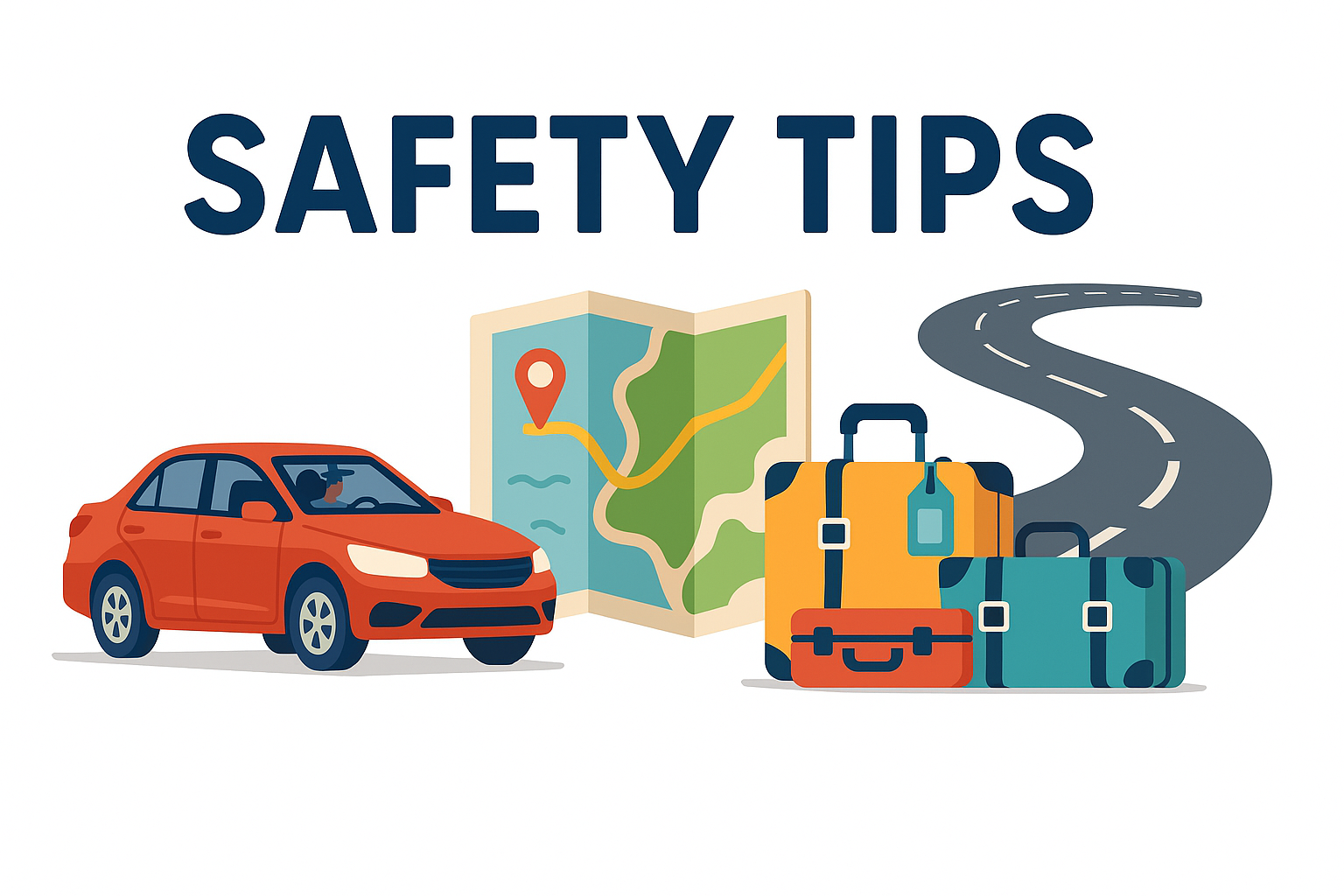
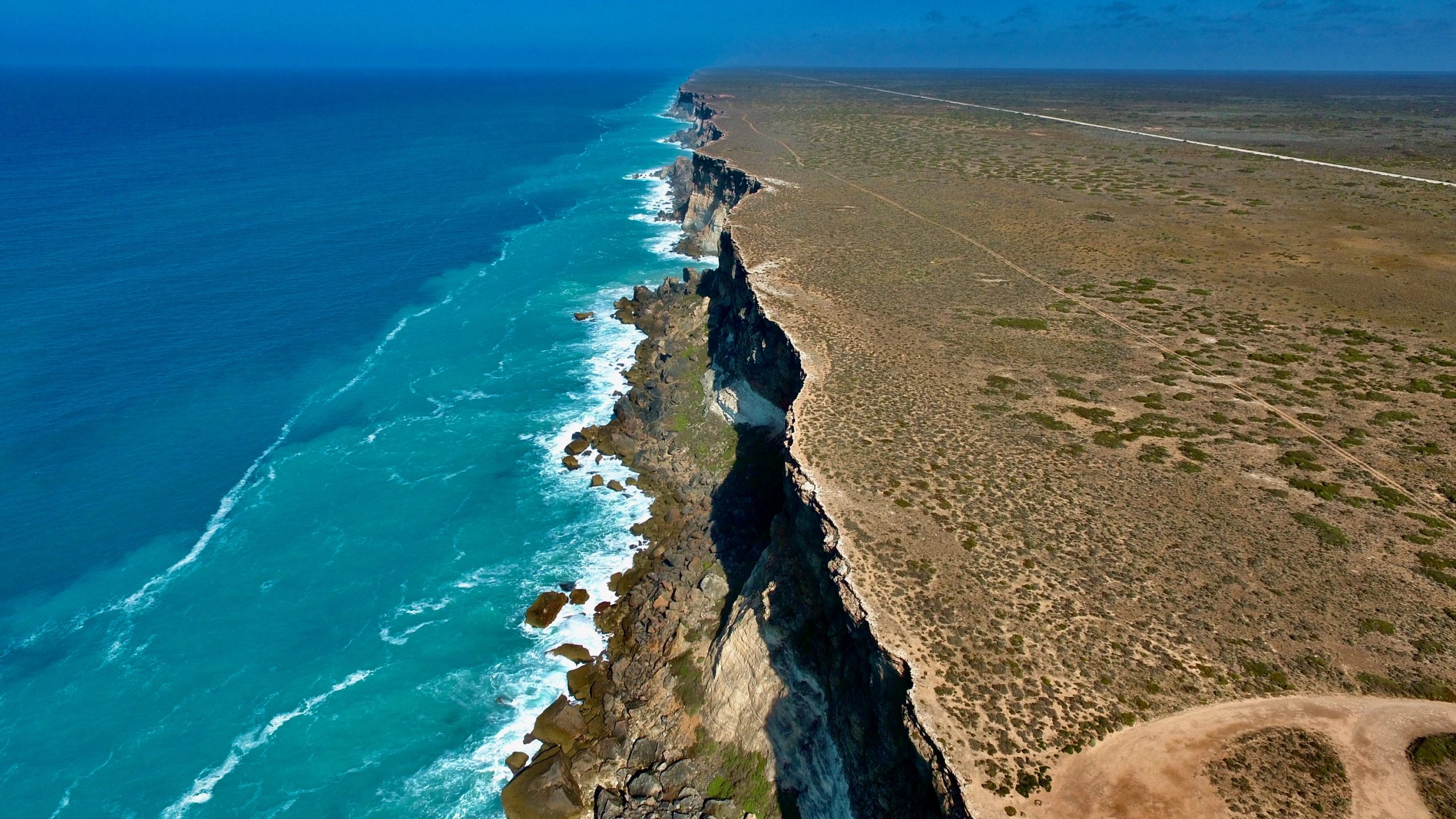
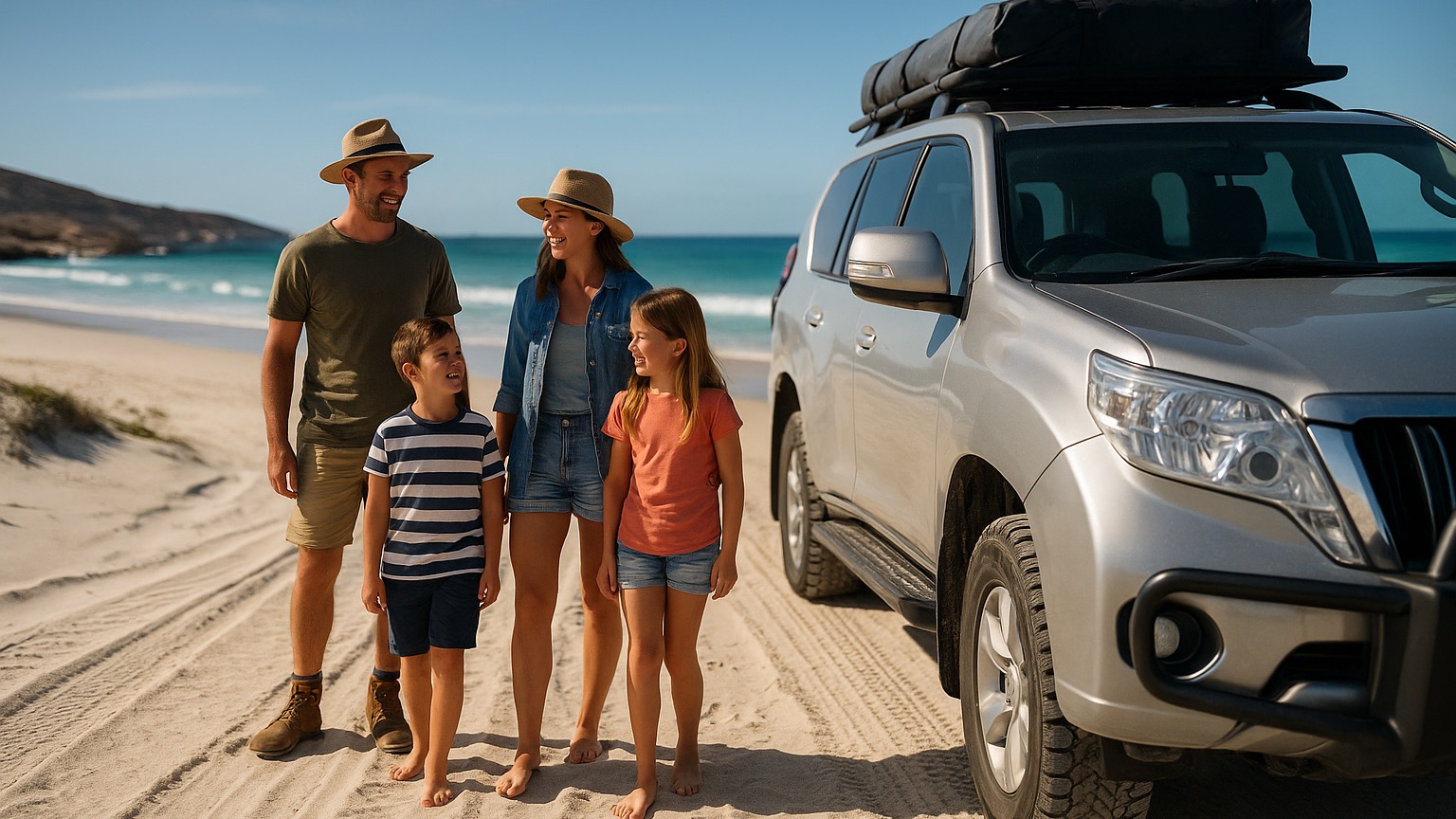
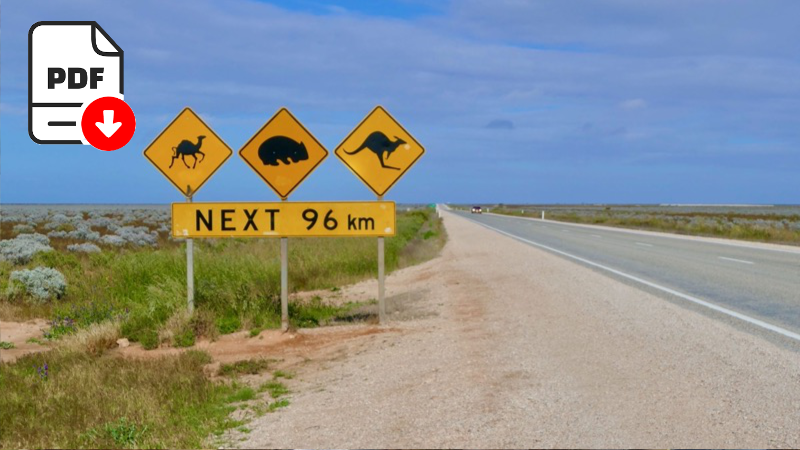
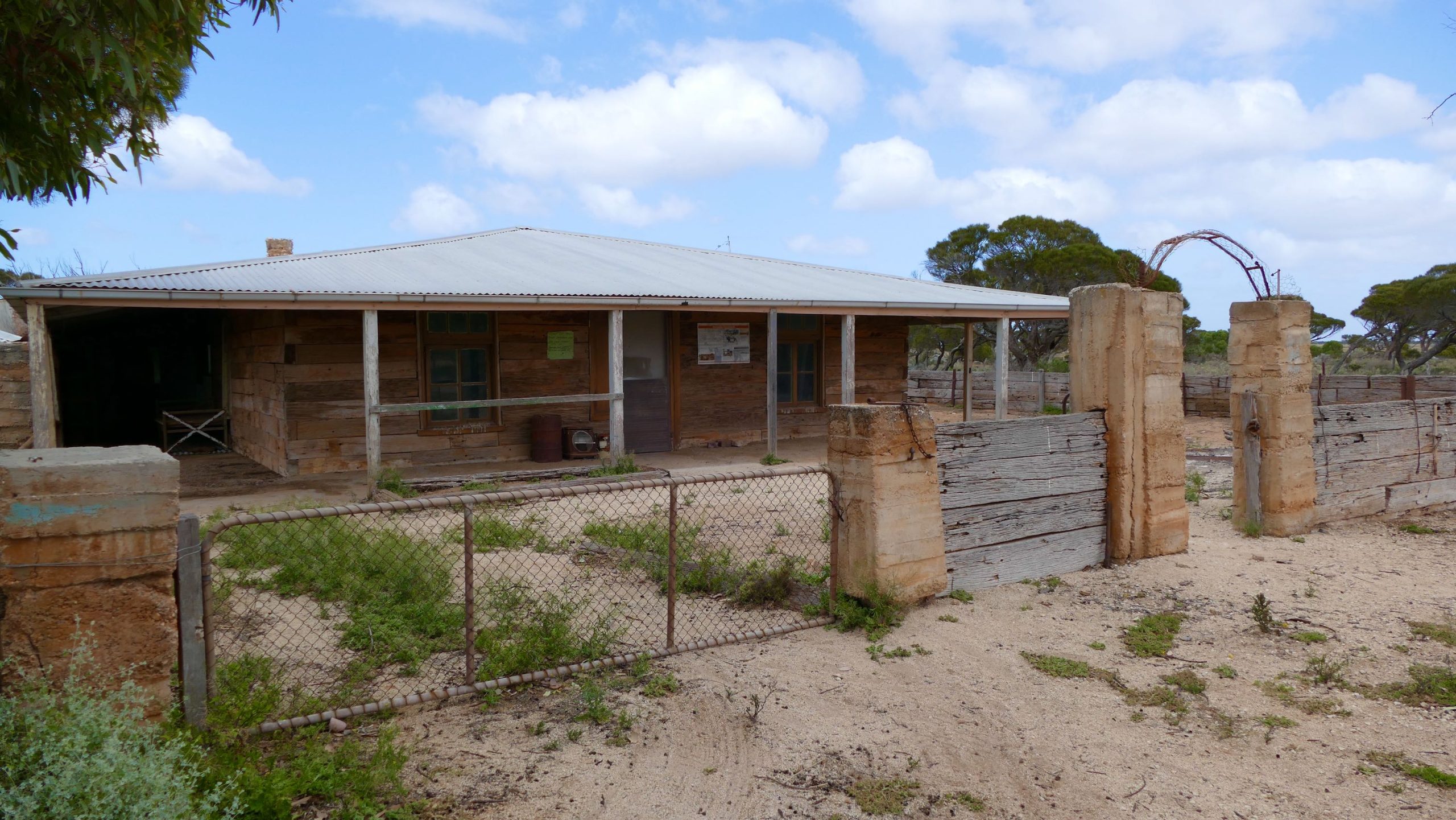
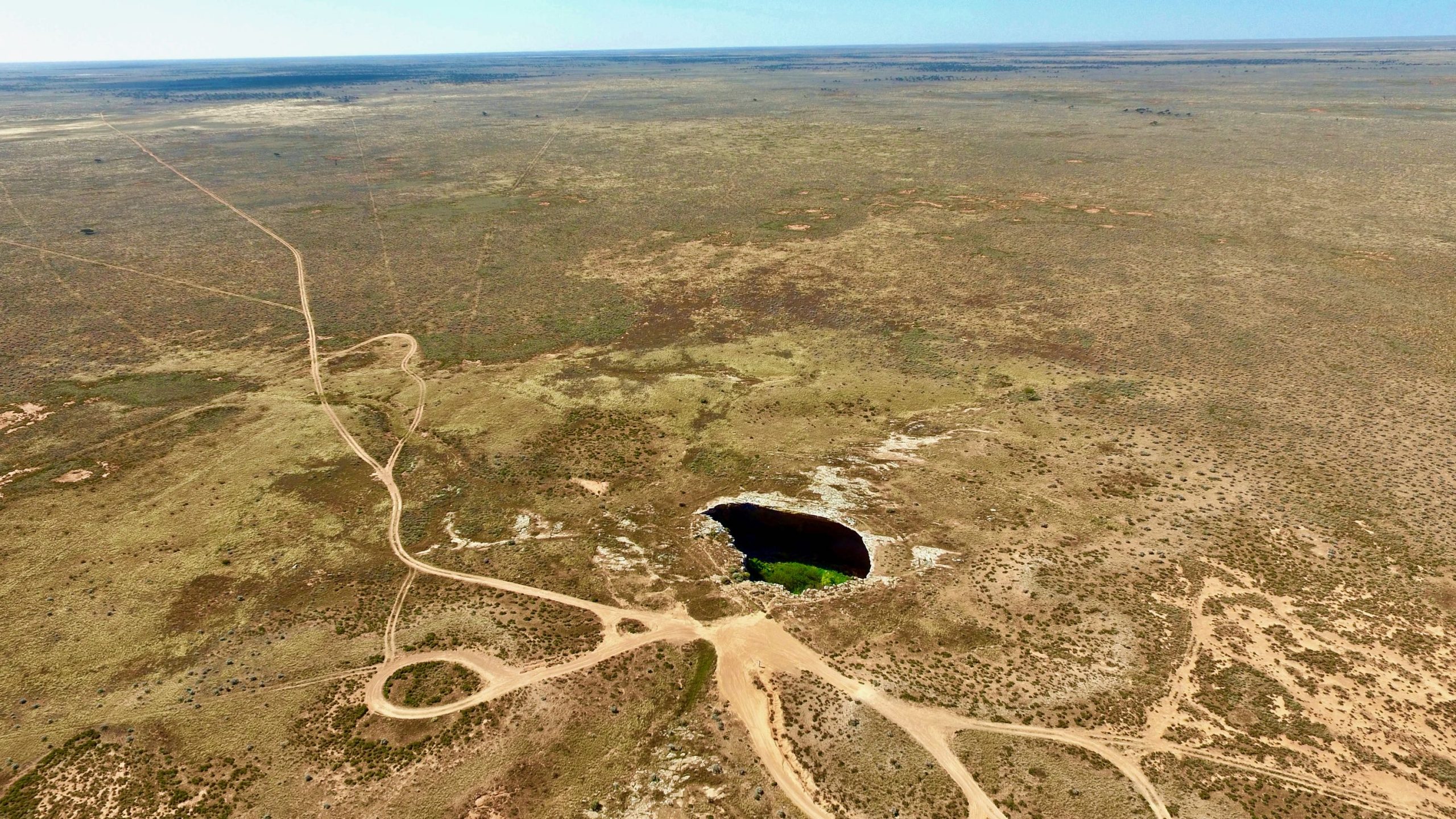
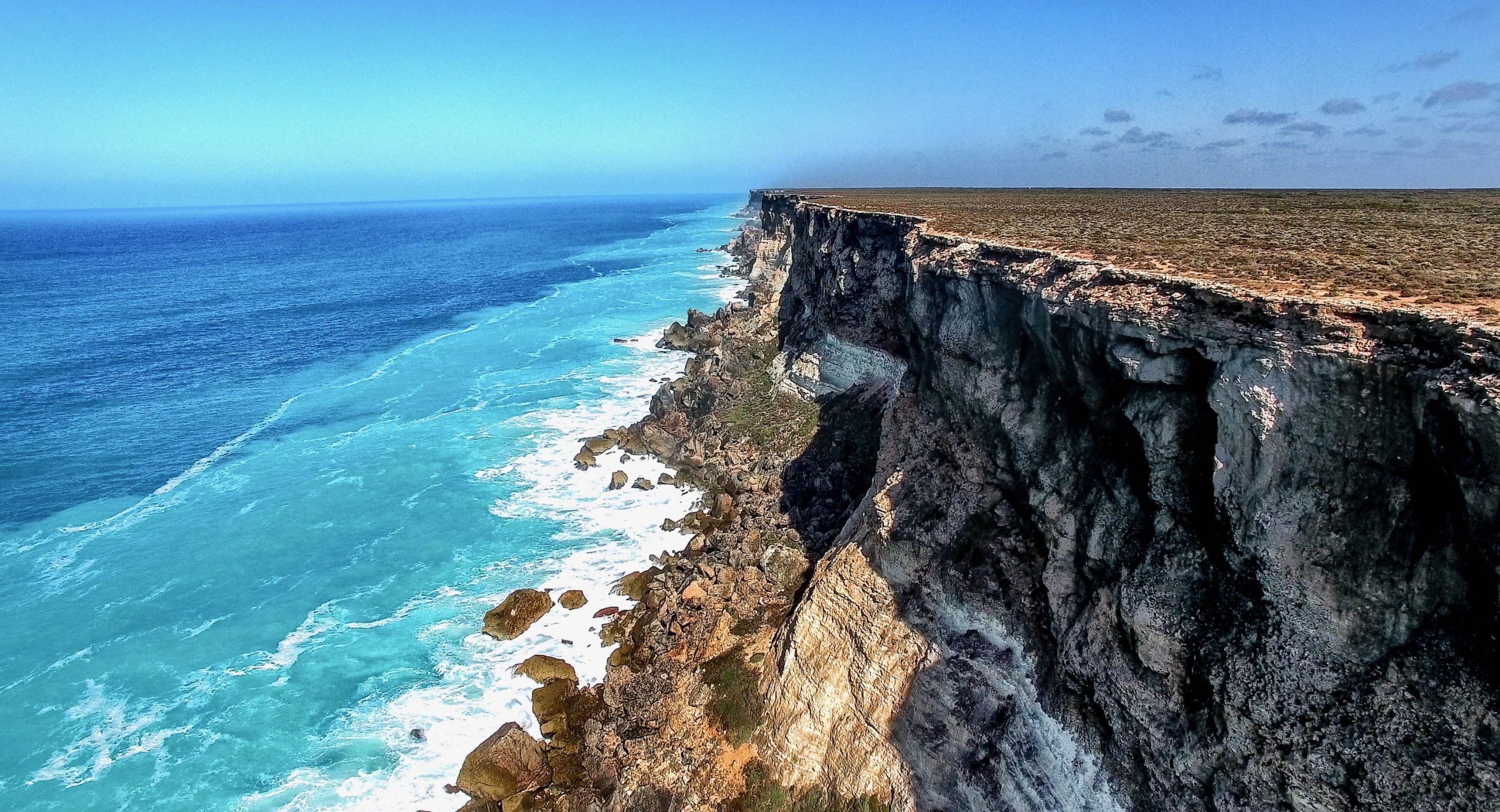
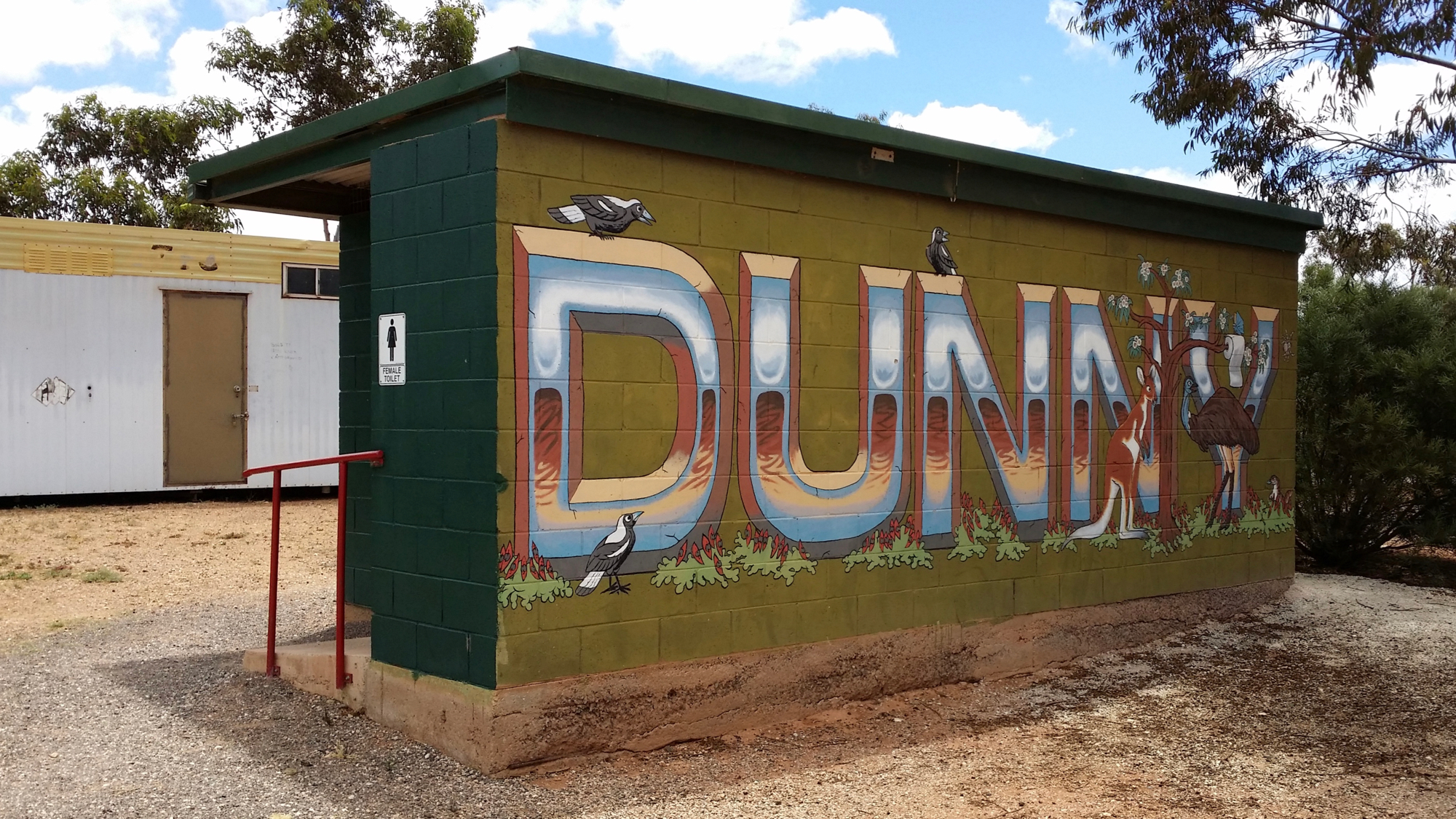
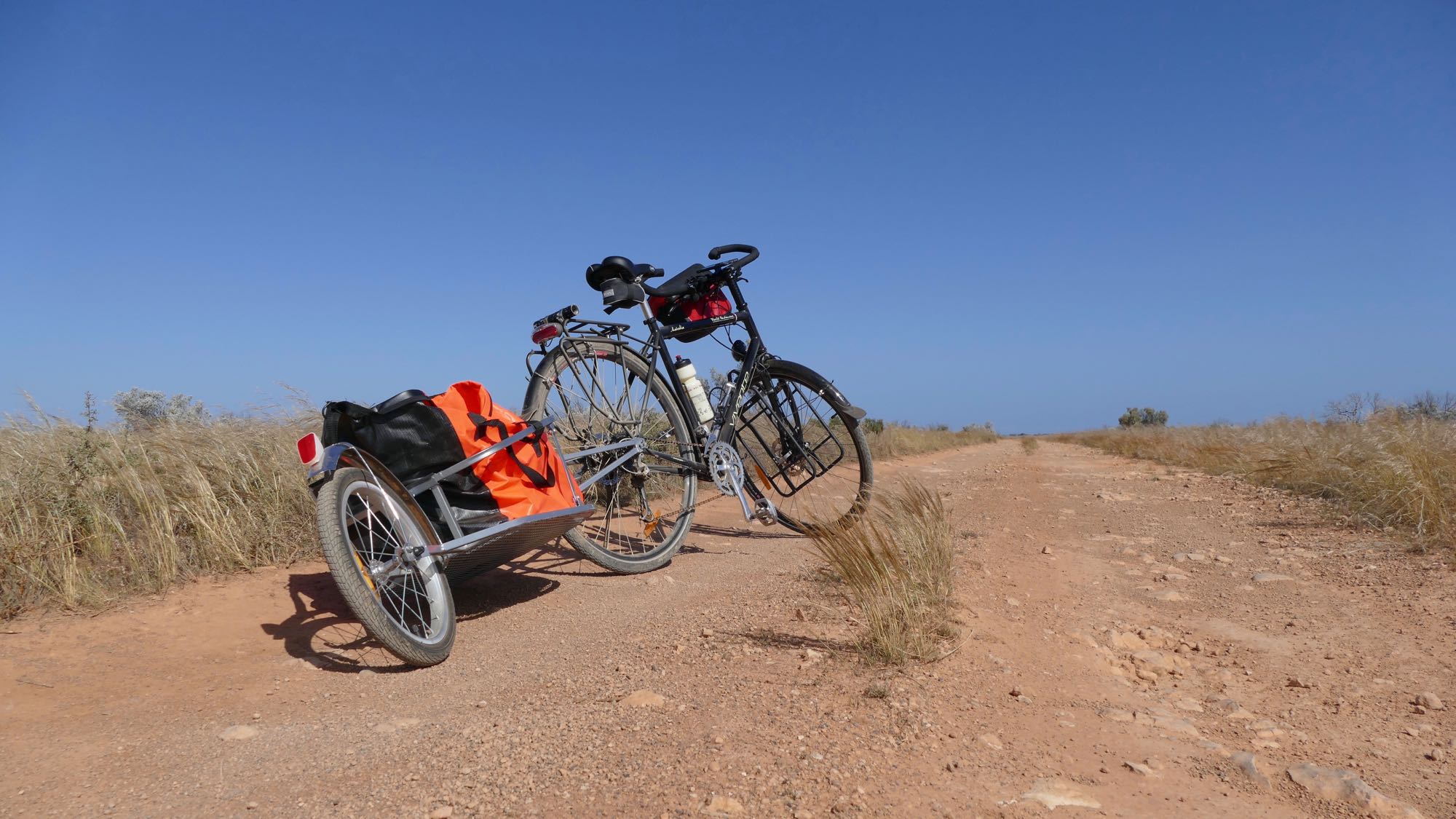
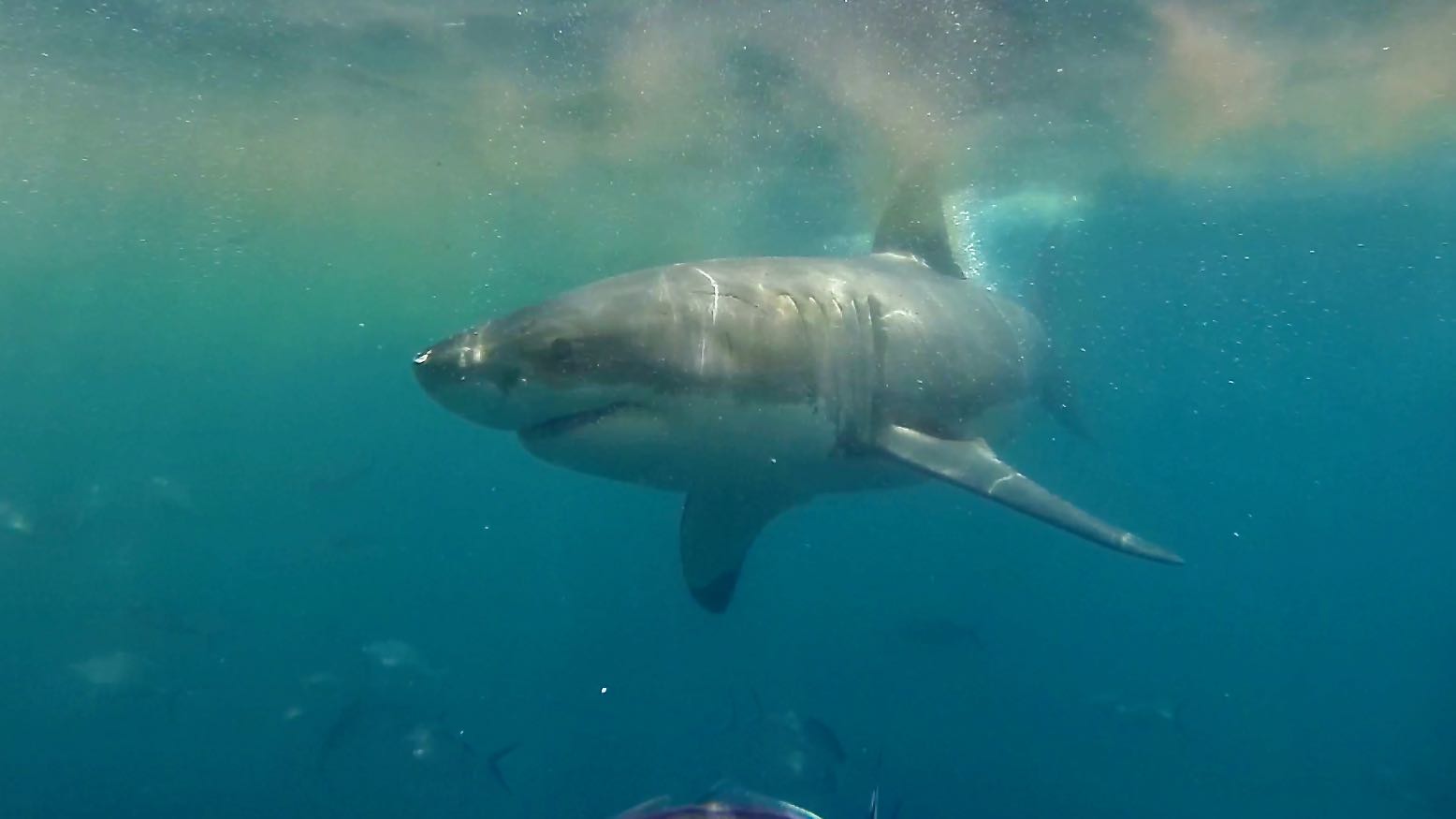
Leave A Comment